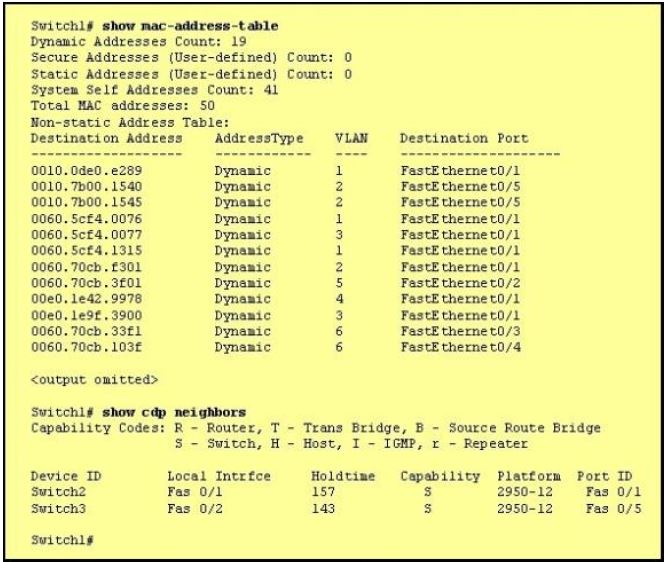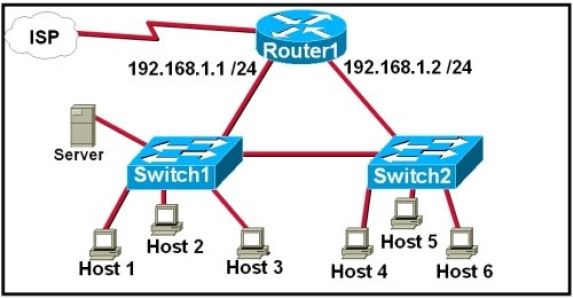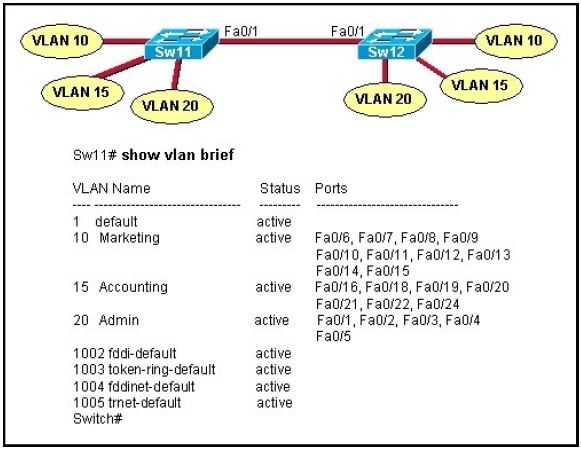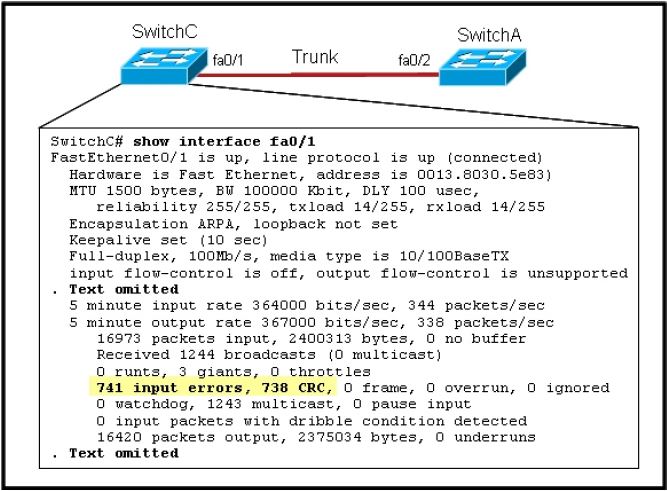What are the possible trunking modes for a switch port? (Choose three.)
A. transparent
B. auto
C. on
D. desirable
E. client
F. forwarding
Correct Answer: B, C, D
Section: LAN Switching Technologies
Explanation:
These are the different types of trunk modes:
ON: This mode puts the port into permanent trunk mode and negotiates to convert the link into a trunk link. The port becomes a trunk port even if the adjacent port does not agree to the change.
OFF: This mode puts the port into permanent non-trunk mode and negotiates to convert the link into a non-trunk link. The port becomes a non-trunk port even if the adjacent port does not agree to the change.
Desirable: This mode causes the port to actively attempt to convert the link into a trunk link. The port becomes a trunk port if the adjacent port is set to on, desirable, or auto mode.
Auto: This mode enables the port to convert the link into a trunk link. The port becomes a trunk port if the adjacent port is set to on or desirable mode. This is the default mode for Fast and Gigabit Ethernet ports.
Nonegotiate: This mode puts the port into permanent trunk mode, but does not allow the port to generate Dynamic Trunking Protocol (DTP) frames. The adjacent port must be configured manually as a trunk port to establish a trunk link.




